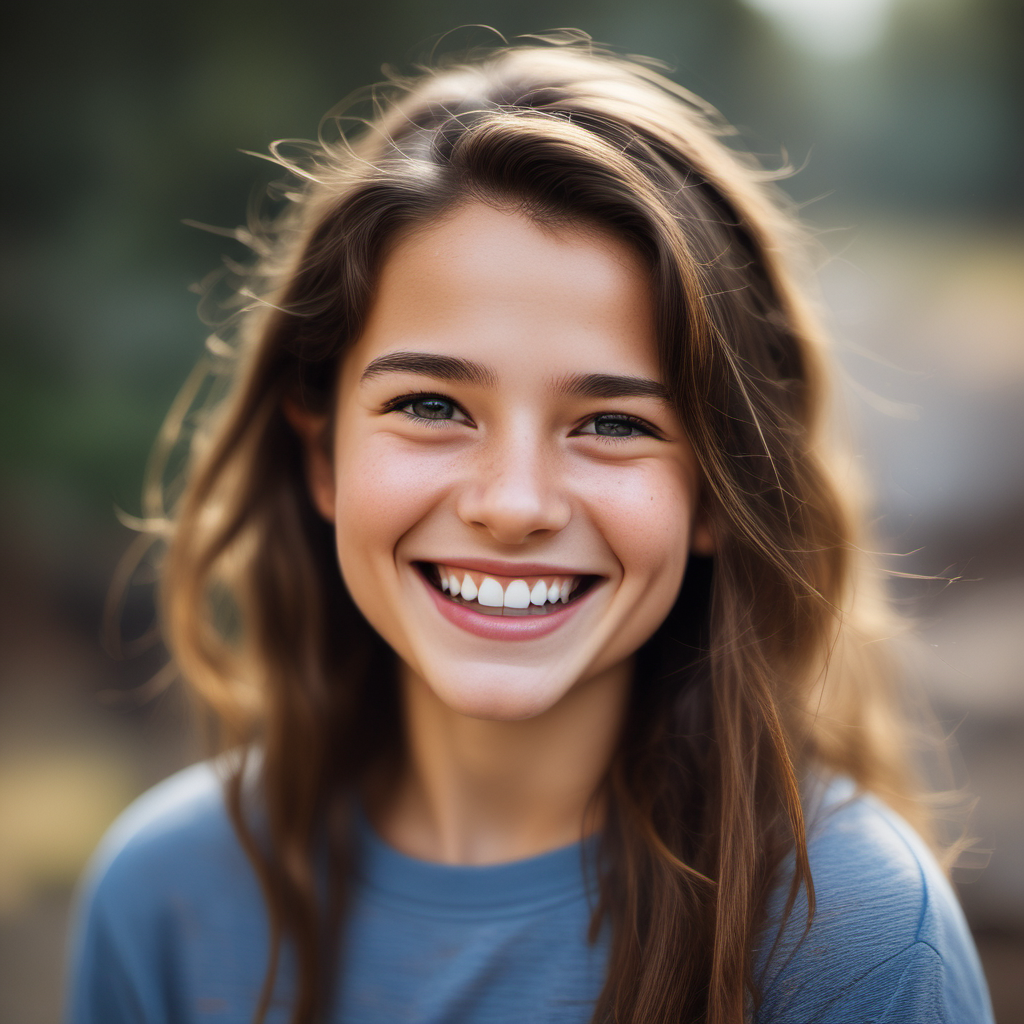
Model|//m.sbmmt.com/link/36ef259d4d9967f3a81aa326160128c7
Paper| //m.sbmmt.com/link/ca0525bfe5cab4c577d169d3343a5452

In the process of generating high-quality image samples, the processing time of a single image is about 5 seconds, which usually requires multiple (20 to 40) calls to a huge Neural network. This speed limits application scenarios that require fast, real-time generation. How to improve the generation quality while speeding up is a hot area of current research and the core goal of our work.
SDXL-Lightning breaks through this barrier through an innovative technology -Progressive Adversarial Distillation - to achieve unprecedented generation speeds. The model is able to generate images of extremely high quality and resolution in just 2 or 4 steps, reducing computational cost and time by a factor of ten. Our method can even generate images in 1 step for timeout-sensitive applications, albeit at a slight sacrifice in quality.
SDXL-Lightning not only offers a speed advantage, but also excels in image quality, outperforming previous acceleration technologies in evaluations. It enables higher resolution and richer details while maintaining good diversity and image-text matching.
Speed comparison diagram
Original model (20 steps), SDXL-Lightning model (2 steps)
SDXL-Lightning The model can be achieved through 1 step, 2 steps, 4 steps and 8 steps Generate images. The more inference steps there are, the better the image quality.
The following is the 4-step generated result——
 ##A girl smiling
##A girl smiling
##A pickup truck going up a mountain switchback
A fish on a bicycle, colorful art
 A close-up of an Asian lady with sunglasses
A close-up of an Asian lady with sunglasses
# #A beautiful cup

##Mona Lisa, sketch

##A panda swimming

A pickup truck going up a mountain switchback

House in the desert, surreal landscapes
The following is the result of 2 steps——

Furniture design for a living room

A cinematic shot of a baby raccoon wearing an intricate Italian priest robe

A dog with soft fur and bright eyes jumping after a toy, in a cozy living room

A tea cup containing clouds

A family, medium shot





compatibility with the open model community. Many artists and developers in the community have created a variety of stylized image generation models, such as cartoon and anime styles. In order to support these models, we provide SDXL-Lightning as a speed-up plug-in, which can be seamlessly integrated into these various styles of SDXL models to speed up image generation for various models.

SDXL-Lightning The model can also be combined with the currently very popular control plug-in ControlNet to achieve extremely fast and controllable image generation.

SDXL-Lightning The model also supports ComfyUI, the most popular generation software in the open source community. The model can be loaded directly for use:

Theoretically, image generation is a gradual transformation process from noise to clear image . In this process, the neural network learns the gradients at various positions in the transformation flow.
The specific steps to generate an image are as follows:
First, we randomly sample a noise sample at the starting point of the stream, and then use a neural network to calculate the gradient. Based on the gradient at the current position, we make small adjustments to the sample and then repeat the process. With each iteration, the samples get closer to the final image distribution until a clear image is obtained.

Figure: Generation flow process (picture from: https://www .php.cn/link/5c9b5c47258cf1499c2dc64b7072e735
Because the generation flow is complex and non-linear, the generation process must only take a small step at a time to reduce the accumulation of gradient errors, so frequent calculations of the neural network are required , this is the reason for the large amount of calculation.

Figure: Curve process(Picture from: //m.sbmmt.com/link/d7bbb6396ce5daf19ec6cf4bb4453137
In order to reduce the number of steps required to generate images, many studies have been devoted to finding solutions. Some studies have proposed methods that can reduce the error sampling methods, while other research attempts to make the generation flow more linear. Although these methods have made progress, they still require more than 10 inference steps to generate images.
Another method is model distillation, It is able to generate high-quality images in less than 10 inference steps. Instead of calculating the gradient at the current flow position, model distillation changes the target of model prediction and directly lets it predict the next farther flow position. Specifically , we train a student network to directly predict the results after the teacher network completes multi-step inference. Such a strategy can significantly reduce the number of required inference steps. By repeatedly applying this process, we can further reduce the number of inference steps. This approach It is called progressive distillation by previous research.

Figure: Progressive distillation, the student network predicts the result of the teacher network after multiple steps
In actual operation, student networks often have difficulty accurately predicting future flow positions. The error amplifies with the accumulation of each step, resulting in less than 8 steps of inference. The images produced by the model start to become blurry.
To solve this problem, our strategy is not to force the student network to accurately match the predictions of the teacher network, but to let the student network keep in line with the teacher network in the probability distribution Consistent. In other words, the student network is trained to predict a probabilistically possible location, and even if this location is not completely accurate, we do not penalize it. This goal is achieved through adversarial training, which introduces an additional discriminant network to help achieve distribution matching of student network and teacher network outputs.
This is a brief overview of our research methods. In the technical paper (//m.sbmmt.com/link /ca0525bfe5cab4c577d169d3343a5452), we provide a more in-depth theoretical analysis, training strategy, and specific formulation details of the model.
Although this study mainly explores how to use SDXL-Lightning technology for image generation, the application potential of our proposed progressive adversarial distillation method is not limited. in the category of static images. This innovative technology can also be used to generate video, audio and other multi-modal content quickly and with high quality. We sincerely invite you to experience SDXL-Lightning on the HuggingFace platform and look forward to your valuable comments and feedback.
The above is the detailed content of The fastest model at 1024 resolution, ByteDance Vincent graph open model SDXL-Lightning released. For more information, please follow other related articles on the PHP Chinese website!




